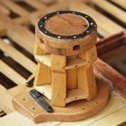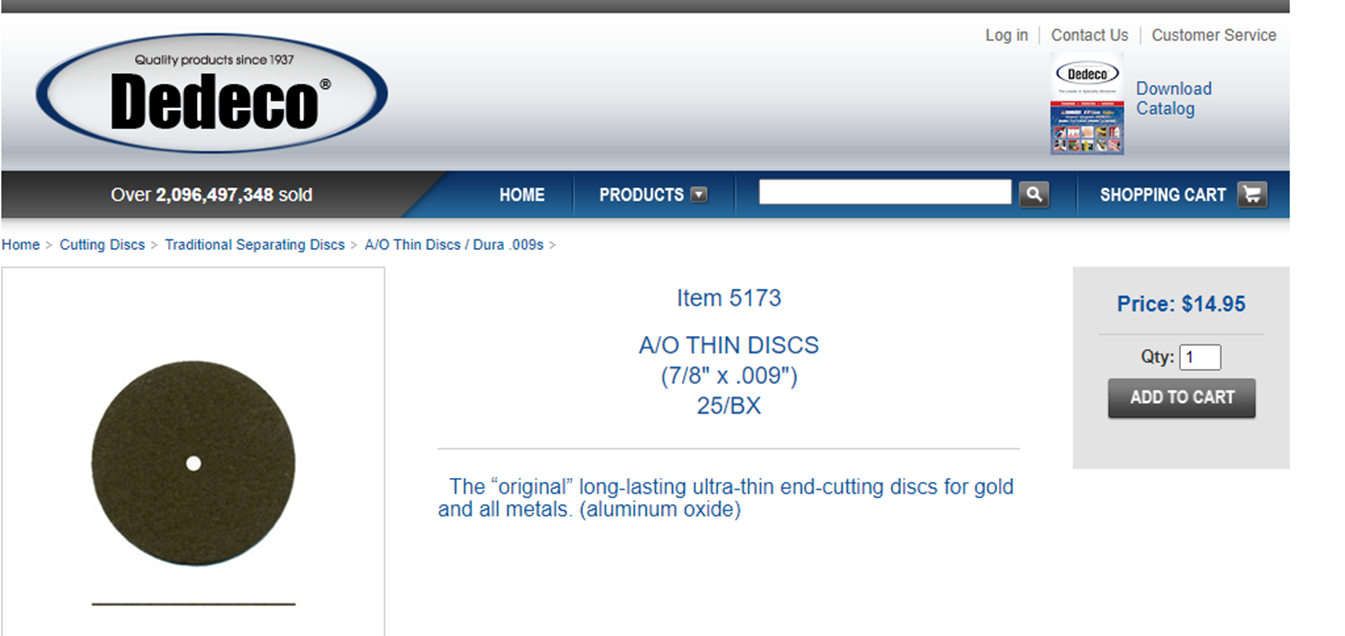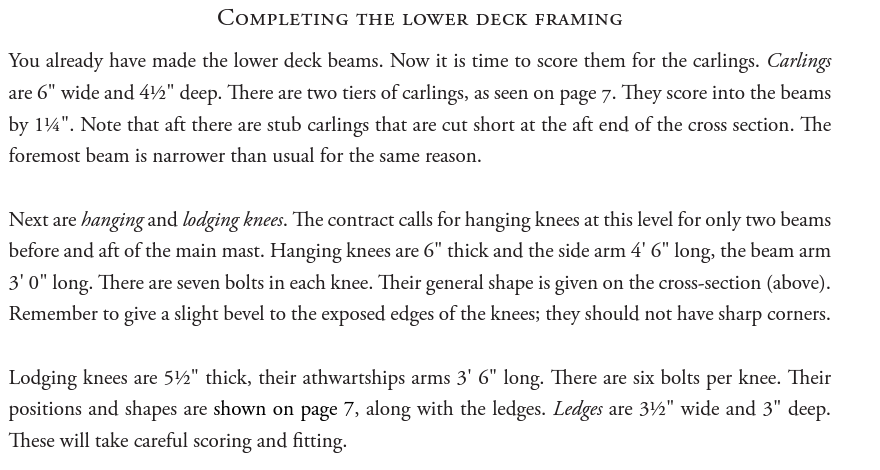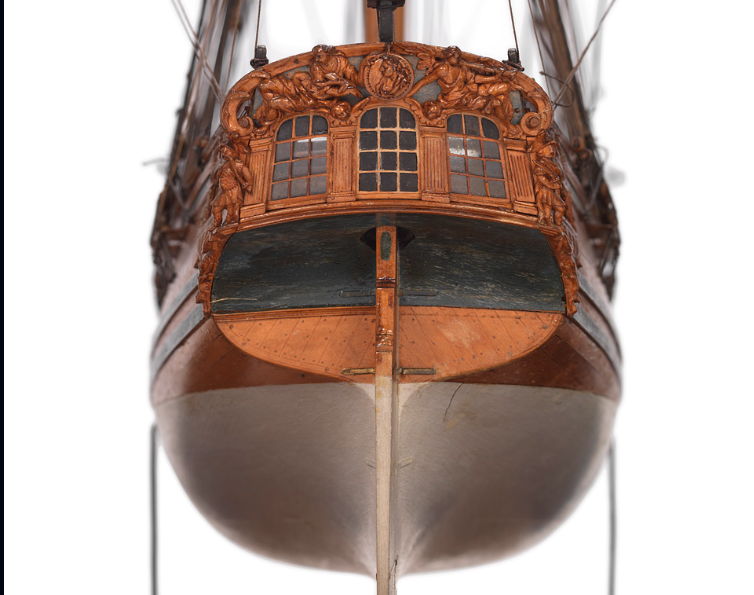-
Posts
2,032 -
Joined
-
Last visited
Content Type
Profiles
Forums
Gallery
Events
Everything posted by tlevine
-

Chisel hone guide question
tlevine replied to CPDDET's topic in Modeling tools and Workshop Equipment
Take a look at this from the Carving Glove Guy. I have used this to sharpen my microchisels for several years. https://thecarvinggloveguy.com/image_preview.html?img=TCGG-DYSTROPKT -
Great work so far. I agree with Greg. That red really makes the frieze pop.
- 1,117 replies
-
Looking good. Half the battle is understanding the process, the other half is accomplishing it!
- 47 replies
-
Kevin, it is much easier to use a Dremel than the lathe. I think your biggest problem is the disc. It is much too thick. Greg Herbert told me about these; their original use was in a dental lab. They are brittle, so wear glasses when you are using them. I can typically get three molding from each disc.
- 1,117 replies
-
The NRG website is currently experiencing technical problems. Many who try to log in are getting "Privacy error" or similar messages. The website is secure. If you wish to go to the website, type in the entire URL, https://www.thenrg.org, rather than simply "thenrg.org".
-
Both as a member/moderator of MSW and in my official capacity as Chairman of the NRG, I want to give a big Thank you! to our administrative team, Jim and Chuck. As it was explained to me, this was a problem of not enough electricity to power some the servers and power outages to our data center server. Thousands of sites were affected. Also having lost a build log after the Big Crash, I am grateful that nothing was lost. Thank you again, gentlemen.
-
What horrible news. Hope your life returns to some semblance of normal before the year's end.
-
I have the same light as Greg. Love it. It has almost no weight, unlike the other light attachments I have tried.
-

Bend cast metal parts
tlevine replied to bogeygolpher's topic in Metal Work, Soldering and Metal Fittings
How brittle is the metal? Have you tried placing the pieces on a curved piece of wood (or even the side of a pot) and gently hammering in a curve with a rubber hammer? -
At the scale you are working at (1:55), you will rarely need a drill bit larger than #72. I built Roter Lowe back in the early 80's. When friends come over, they are always drawn to the colorful decorations. Historical accuracy be dam**d.
-

Gluing on planks
tlevine replied to rudybob's topic in Building, Framing, Planking and plating a ships hull and deck
By only applying glue to a few bulkheads at a time, you almost eliminate the need for clamps. Hold it in place with your fingers for a few minutes and you are good to go. Apply the glue to the bulkhead with either a toothpick or a #11 Exacto blade. -
To a large extent, what type of magnification you employ is a matter of personal taste (and budget). It also depends on what your vision is and if you wear bifocals. I own an ancient Zeiss operating microscope which I brought home after closing my practice. It has all the magnification levels you could desire. But with any microscope, you need to remove your glasses and hold your eyes a certain distance from the oculars. I hate taking my glasses on and off and so rarely use it. Optivisors come in different magnifications. The lenses are interchangeable. But the higher the magnification, the closer you must be to the object. The nice thing about an Optivisor is that I can easily flip up the lens and still be able to see because I am wearing my glasses. Druxey is right about lighting. Not only does a headlight prevent you from appreciating how light and shadow will interplay in the finished piece, but it will make everything look two dimensional during the carving process. That is fine for certain applications, like microsurgery or dissecting a frog, but it really is a detriment when you are creating a 3-D object from a flat surface.
About us
Modelshipworld - Advancing Ship Modeling through Research
SSL Secured
Your security is important for us so this Website is SSL-Secured
NRG Mailing Address
Nautical Research Guild
237 South Lincoln Street
Westmont IL, 60559-1917
Model Ship World ® and the MSW logo are Registered Trademarks, and belong to the Nautical Research Guild (United States Patent and Trademark Office: No. 6,929,264 & No. 6,929,274, registered Dec. 20, 2022)
Helpful Links
About the NRG
If you enjoy building ship models that are historically accurate as well as beautiful, then The Nautical Research Guild (NRG) is just right for you.
The Guild is a non-profit educational organization whose mission is to “Advance Ship Modeling Through Research”. We provide support to our members in their efforts to raise the quality of their model ships.
The Nautical Research Guild has published our world-renowned quarterly magazine, The Nautical Research Journal, since 1955. The pages of the Journal are full of articles by accomplished ship modelers who show you how they create those exquisite details on their models, and by maritime historians who show you the correct details to build. The Journal is available in both print and digital editions. Go to the NRG web site (www.thenrg.org) to download a complimentary digital copy of the Journal. The NRG also publishes plan sets, books and compilations of back issues of the Journal and the former Ships in Scale and Model Ship Builder magazines.






